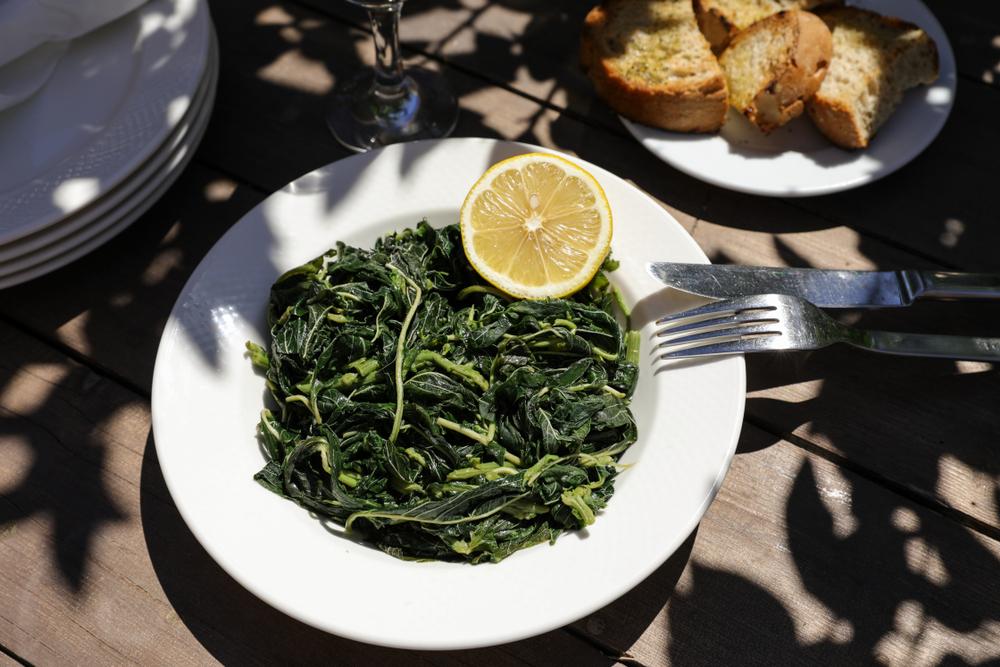In Greece, eating horta is a way of life. Though their name may literally translate to “weeds,” these wild edibles are considered far from that—they’re valuable delicacies.
Horta is a generic name given to a vast variety of wild greens; some 300 edible species grow here, according to Greek and Mediterranean cuisine expert Diane Kochilas. Each season has its own. Spring brings the greatest abundance of young greens, among them dandelion, grass lily, borage, and wild garlic and leeks. In the summer, you will find plenty of amaranth leaves and purslane; while fall and winter are the seasons for reichardia and wild chicories. You’ll never go hungry feeding off the land.





